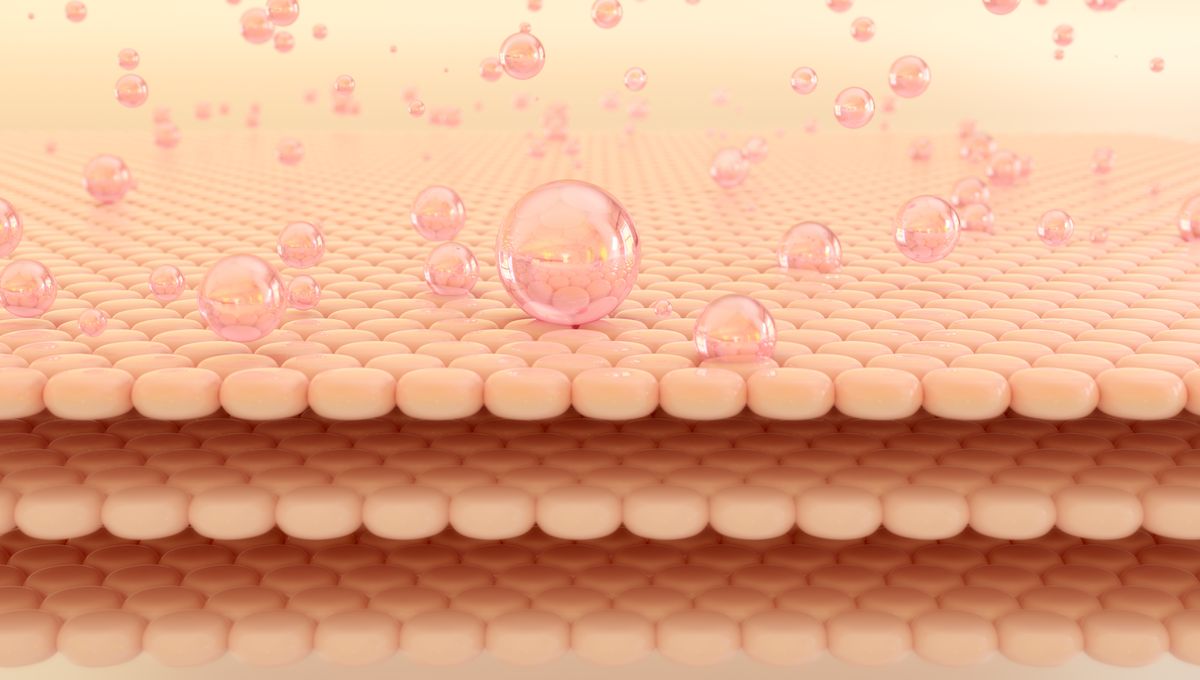
A new study has confirmed for the first time that various common “forever chemicals” can be absorbed into our bloodstream through contact with our skin. Forever chemicals, or per- and polyfluoroalkyl substances (PFAS), are synthetic chemicals that are resistant to degradation over time.
Since the 1950s, these chemicals have been celebrated for their resistance to heat, stains, oil, grease, and water. As such, they are common features of pots and pans, as well as food packages, furniture, adhesives, and clothing.
Recently, we have become aware of the potential threat that PFAS pose to our health and to the environment. Although the research is still unclear, there is a chance these chemicals may contribute to various adverse health conditions. But while they have not yet been proven to directly cause these health problems, the growing evidence concerning and has led many countries to ban or regulate their use.
It is commonly known that PFAS can enter the body through multiple routes. The most obvious of these is through ingestion via food or drink, but also through inhalation. However, it has generally been assumed that PFAS cannot breach the skin barrier, even though there are links between the use of personal care products and these chemicals in human blood and breast milk. There are also correlations between PFAS concentration in blood serum and the use of hand wipes.
Now, researchers from the University of Birmingham, UK, have offered the most comprehensive assessment to date of the absorption of PFAS into human skin. They confirm that most of these forever chemicals can indeed enter the body through this route.
“The ability of these chemicals to be absorbed through skin has previously been dismissed because the molecules are ionized”, Dr Oddný Ragnarsdóttir, first author of the study, explained in a statement.
“The electrical charge that gives them the ability to repel water and stains was thought to also make them incapable of crossing the skin membrane.”
“Our research shows that this theory does not always hold true and that, in fact, uptake through the skin could be a significant source of exposure to these harmful chemicals.”
Ragnarsdóttir and colleagues examined 17 different types of PFAS which represented a sample of some of the most widely used and studied types. Importantly, these chemicals correspond to those regulated by the EU Drinking Water Directive.
In order to safely test whether skin can absorb these chemicals without relying on animal studies, the team used 3D human skin equivalent models. These are multilayered laboratory-grown tissues that mimic normal human skin. They then applied samples of each PFAS to see what proportion was absorbed, unabsorbed, or retained in the skin models.
Of the 17 tested PFAS, 15 showed substantial dermal absorption, meaning at least 5 percent of the exposure dose. Worryingly, the exposure dose examined for PFOA (perfluoro octanoic acid), the most regulated PFAS, was 13.5 percent, with a further 38 percent of the applied dose being retained in the skin. This suggests that longer retention in the skin may lead to more uptake into the blood over a longer period.
According to the analysis, the amount of the chemical absorbed correlated with the length of its carbon chain. Substances with longer carbon chains seemed to have lower absorption levels, while those with shorter chains that were used to replace longer carbon chain PFAS, such as PFOA, were easier to absorb. For example, perfluoropentanoic acid (PFPeA) was four times easier to absorb than PFOA.
“This study helps us to understand how important exposure to these chemicals via the skin might be and also which chemical structures might be most easily absorbed,” co-author Professor Stuart Harrad, of the University of Birmingham’s School of Geography, Earth and Environmental Sciences, explained.
“This is important because we see a shift in industry towards chemicals with shorter chain lengths because these are believed to be less toxic – however the trade-off might be that we absorb more of them, so we need to know more about the risks involved.”
The paper is published in the journal Environment International.
Source Link: Common “Forever Chemicals” Can Be Absorbed Through Human Skin